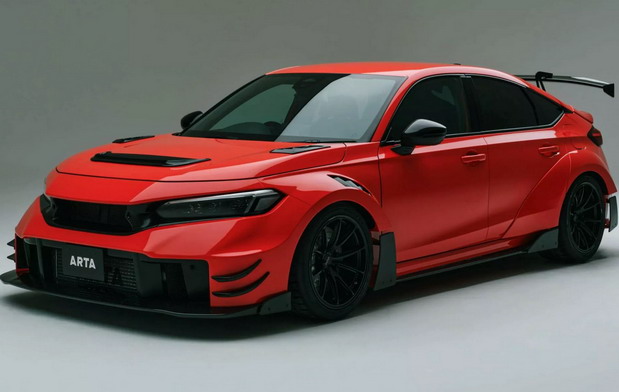BMW

M5 E60: The sedan that had the 2003 Williams F1 V10 powertrain architecture
Probably the E60 generation is not the most graced in the history of the BMW 5 Series. When the car was presented in 2003, it received numerous criticisms because the design, the work of the then young Davide Arcangeli, was far from what was usual for the brand. However, the new Series 5 seemed to continue a new stage in the Bavarian brand, which began with the also controversial Series 7 two years earlier. However, the M5 quickly became an object of desire for many aficionados, thanks to its incredible naturally aspirated V10 engine.
When the new generation E60 appeared, BMW was in Formula 1, producing engines for Williams. Specifically, the Germans provided a naturally aspirated 3.0-liter V10 that had around 1,000 horsepower and was capable of turning at over 18,000 rpm. A thruster considered as one of the best and most powerful on the grid.
Munich engineers started from this block to develop the engine that powered the M5 E60 (and also the M6 that arrived later). This engine was developed specifically for this model, using the same V10 architecture as the Williams. The cylinder blocks came from the same light alloy foundry that the brand had in Landshut, where the F1 engines were manufactured.
The engine used code S85 B50 and had ten individual throttle bodies, one per cylinder, four valves per cylinder, an M Double Vanos variable valve timing system and a lubrication system consisting of four oil pumps and two crankcases. Aspirated and with 5.0 liters of displacement, it delivered 507 hp of power at 7,500 rpm and 520 Nm of torque at 6,100 rpm.
For more excitement, such mechanics could be mated to a 6-speed manual transmission, but only in the United States, where customers demanded the manual transmission rather than the poor performance of the automatic. Only 1,364 copies left the assembly line with a manual box, which explains why these few units are highly valued today.
In Europe the car could only be chosen with automatic transmission. Precisely, the main disadvantage that the M5 E60 had was the transmission. It was a 7-speed SMG III robotic gearbox with a single clutch, which sent power to the rear wheels via an M limited-slip differential. This transmission reported many failures and breakdowns and undoubtedly reduced the potential of the V10.
In those years, electronic charging was already beginning to be important in luxury models such as the BMW M5. The Bavarian brand was developing numerous advanced and very complex devices that allowed the driver to configure the car to his liking. The aforementioned SMG III transmission alone could be configured in up to 11 ways. The parameters were managed from the famous rotary command located on the central console.
If we leave aside the aesthetics and the malfunction of the automatic transmission, the BMW M5 E60 is one of the most special models of the German house, thanks to its V10 engine coming from F1, a prodigy of automotive engineering. Not forgetting details such as its spectacular 18-inch wheels, its widened bumpers and the real dual exhaust outlets that gave it a truly sporty rear end.
Autonews





Nenhum comentário:
Postar um comentário